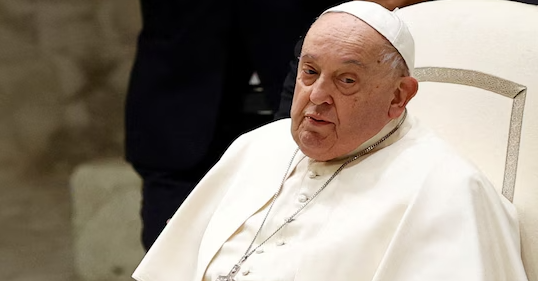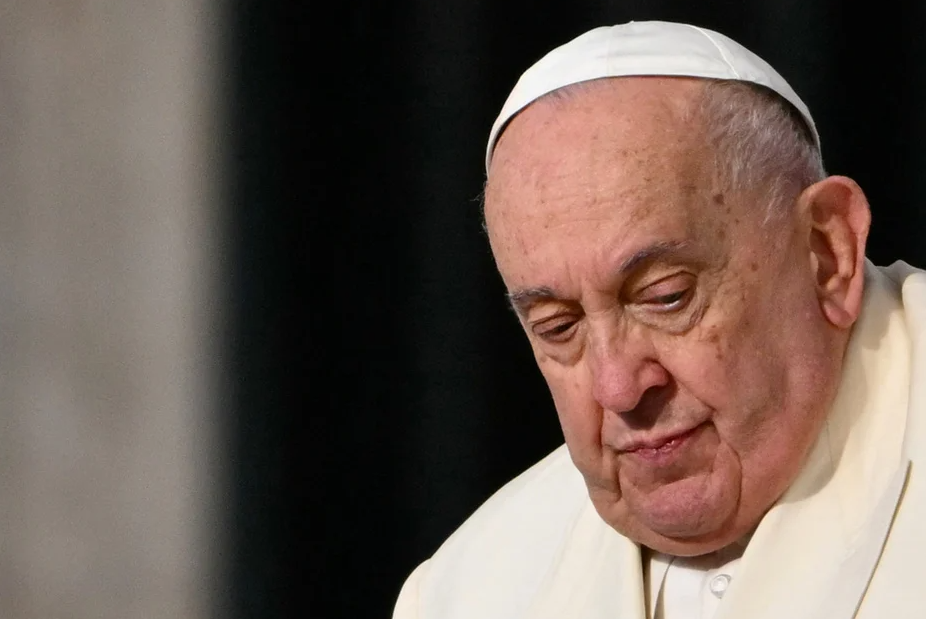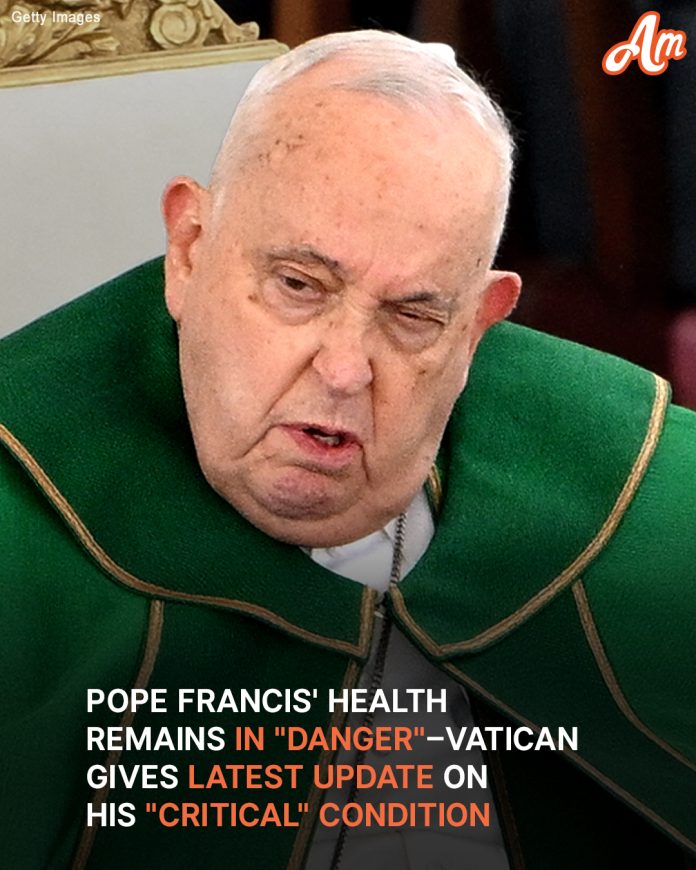In a series of recent announcements, the Vatican has provided the public with an extensive update regarding Pope Francis’ ongoing health challenges. Since his hospitalization earlier this month, there has been a great deal of concern and speculation about the state of the pontiff’s health. The latest communications from Vatican officials shed light on the diagnosis, treatments administered, and the steps being taken to ensure his recovery.
On February 14, it was reported by Vatican News that Pope Francis was admitted to the Agostino Gemelli Polyclinic hospital following his usual morning audiences. This admission came after he experienced significant discomfort during his public appearances. Doctors later confirmed that the Pope had been suffering from bronchitis for several days—a condition that had already impacted his ability to deliver his remarks during important public addresses. To manage this, the pontiff had delegated his prepared speeches to be read by others during several events, including his regular Wednesday General Audiences.

Given the severity of his symptoms, the Pope had, by February 6, begun to hold his audiences from his residence at Casa Santa Marta. This adjustment was made as a precaution while he recovered from his persistent respiratory issues. Once admitted to the hospital, a series of diagnostic tests were performed. The initial treatment was focused on managing his bronchitis and preventing any potential complications. However, the situation quickly escalated.
By February 18, further examinations revealed that Pope Francis had developed bilateral pneumonia, a finding that added significant concern to his already delicate condition. The Holy See Press Office later confirmed that the Pope was now receiving a complex treatment regimen, including corticosteroids and antibiotics, to combat a polymicrobial infection. Despite these complications, sources indicated that the Pope continued to maintain a positive demeanor. Even while confined to the hospital, he balanced periods of rest with prayer, reading, and the reception of the Eucharist. His sustained gratitude for the continuous stream of prayers and support from around the world was evident.
The health updates took a more alarming turn on February 22. Vatican News reported that Pope Francis had experienced an asthma-like respiratory crisis early that morning, which necessitated the use of high-flow oxygen. Additional blood tests conducted at the time revealed that he was suffering from thrombocytopenia and anemia—conditions severe enough to require blood transfusions. Although the Pope was found to be alert enough to sit in an armchair, his energy levels were noticeably diminished compared to previous days, and his overall condition was classified as critical.
By February 23, it had been confirmed that the pontiff had spent his ninth consecutive night in the hospital. A statement issued by the Vatican on that morning reiterated that he was continuing to receive treatment for double pneumonia at Rome’s Gemelli Hospital. In a press conference that lasted approximately forty minutes, leading members of the Pope’s medical team, including Dr. Sergio Alfieri, head of the Pope’s medical team, and Dr. Luigi Carbone, the Vice-Director of Vatican healthcare services, briefed journalists about his condition. They cautioned that while there was no immediate danger of death, his situation remained precarious, and he was expected to remain hospitalized for at least another week.
Dr. Alfieri also explained that although Pope Francis was not on a ventilator, he still faced significant challenges in breathing and was advised to limit his physical activity. In one lighthearted moment during the press briefing, a doctor greeted him with “Hello, Holy Father,” to which the Pope humorously replied, “Hello, Holy Son,” reflecting his enduring wit even in difficult circumstances.

Experts at Gemelli Hospital expressed concern that the risk of a bacterial infection entering the bloodstream, potentially leading to sepsis, remained a serious threat. Despite the difficult challenges, Dr. Alfieri remained cautiously optimistic about the Pope’s prospects for eventual discharge. However, he warned that the chronic respiratory issues the Pope has endured over the years might continue to affect him long after his current hospitalization.
This is not the first instance in recent years that Pope Francis has confronted serious health issues. In March 2023, he was hospitalized for several days after suffering from a respiratory infection, and again in June 2023, when he underwent abdominal surgery to correct a painful incisional hernia. Each episode has underscored the Pope’s determination to serve his duties, even as he battles health complications.
Throughout these challenging times, Pope Francis has continued to express his deep appreciation for the support and prayers sent by people across the globe. As his condition remains a topic of international concern, the Vatican urges the public to rely on official updates and to remember that the details provided are not a substitute for professional medical advice. The Pope’s resilience and commitment to his role, despite the adversity he faces, have inspired countless individuals around the world, reaffirming his status as both a spiritual leader and a symbol of hope.

















